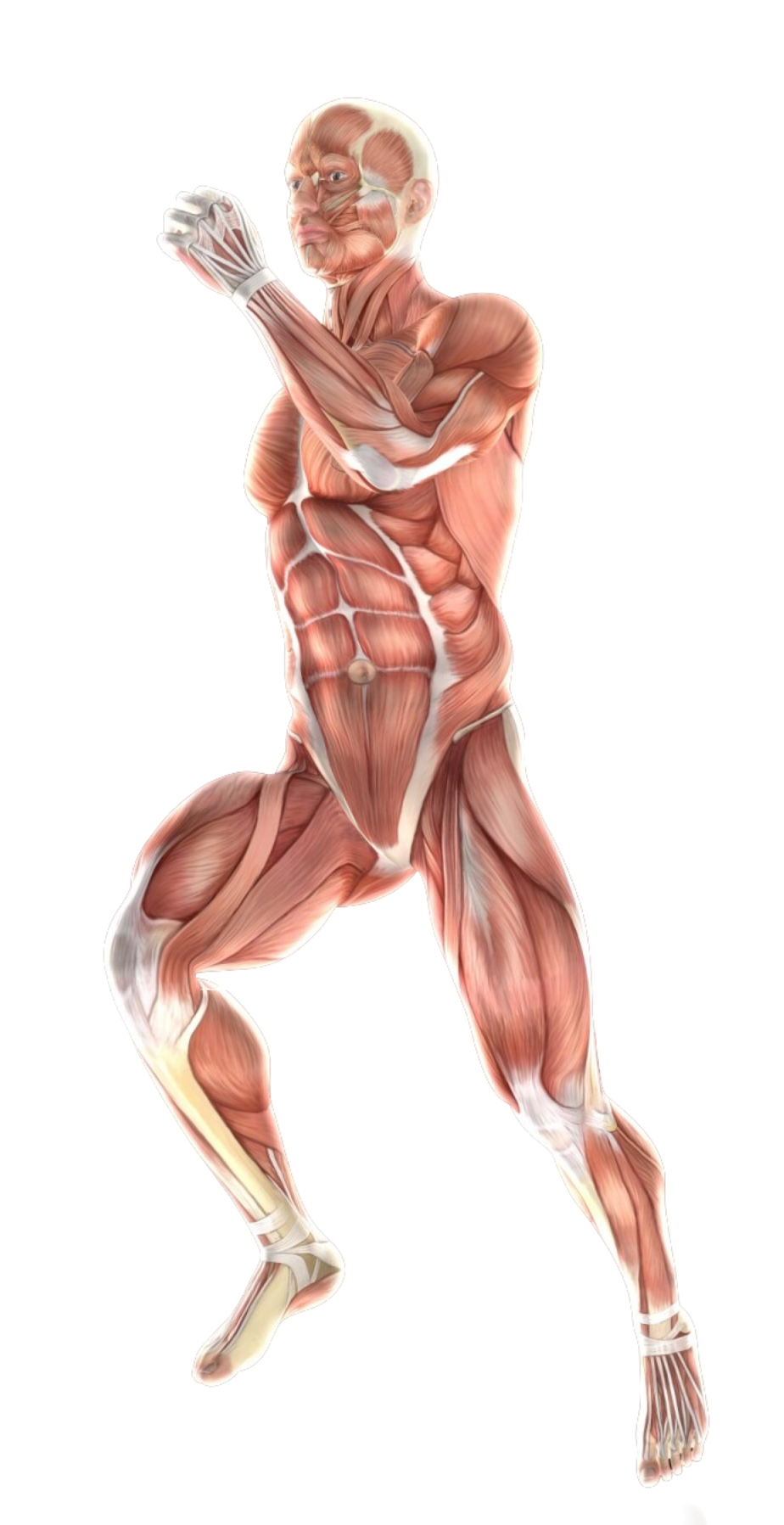- #11-13 Mount Elizabeth Medical Centre (Orchard)
- Mon Fri 9am — 6pm | Sat 9am — 12.30 pm
Hip bursitis refers to inflammation of the bursa surrounding the hip joint. Bursae are fluid-filled sacs that act as cushions between bones, tendons, and muscles, reducing friction during movement. There are several joints in the hip, but the ones most commonly affected are:
The most common symptom of hip bursitis is pain felt in the outer hip, often described as:
Several factors can contribute to the development of hip bursitis:
Although bursitis can affect anyone, some studies suggest that women may be at a slightly higher risk of developing trochanteric bursitis, possibly due to physical differences and hormonal factors. However, this does not mean only in women, and men can also develop the condition

A detailed discussion of your symptoms, activities, and any previous injuries helps to understand the context of your condition.
A health care professional will examine the affected area for pain and tenderness. They will palpate the outer hip area to identify areas of pain and tenderness. They will assess the range of motion in your hip joint to identify any limitations due to pain or stiffness.
Although not always necessary, imaging tests can sometimes be helpful in confirming a diagnosis or ruling out other possible causes of your hip pain. These may include:
Based on the medical history, physical examination, and results of any imaging tests, a healthcare professional will be able to diagnose hip bursitis and recommend the most appropriate treatment.
Treatment usually involves a non-surgical approach, including:
Corticosteroids injected directly into the bursa may provide pain relief, although repeated injections are not recommended because of possible side effects.
Surgical removal of an inflamed bursa is rarely necessary and is usually considered only in cases of chronic, severe bursitis that has not responded to other treatments.
It is important to discuss all treatment options and the potential risks and benefits with your healthcare professional in order to determine the most appropriate method for your individual case.

Spine - Neck
Shoulder & Elbow
Spine — Back
Wrist & Hand
Knee Pain
Ankle Pain
Foot Pain
Book a consultation with us for a more comprehensive diagnosis and a personalised treatment plan best suited to your needs.

Spine - Neck
Shoulder & Elbow
Spine — Back
Wrist & Hand
Knee
Ankle
Foot